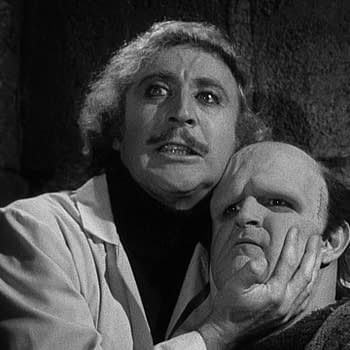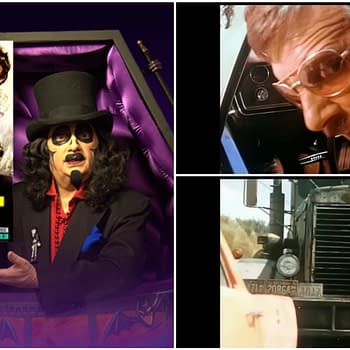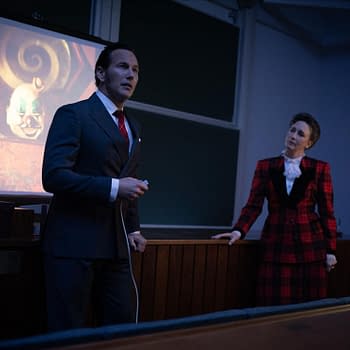Posted in: Documentary, Exclusive, Interview, Movies | Tagged: Abramorama, Being Everywhere, Maura Smith, Steve Schapiro
Steve Schapiro: Being Everywhere Director on MLK, Photography & More
Steve Schapiro: Being Everywhere director Maura Smith spoke to us about Schapiro covering Civil Rights, photography style amnd more.
Article Summary
- Director Maura Smith reflects on making "Being Everywhere," honoring Steve Schapiro's iconic photography legacy.
- Insightful discussion on Schapiro's Civil Rights coverage, including emotional moments after MLK's assassination.
- Explores Schapiro's preference for black-and-white photography and transition to digital in later years.
- Potential for future documentaries and books about Schapiro's work, from jazz to the Pine Ridge Reservation.
Steve Schapiro was one of the most prominent and pioneering photographers of the 20th century and working into the 21st, covering a variety of subjects across pop culture, sports, and politics for multiple outlets like Life, Look, Vanity Fair, Sports Illustrated, Newsweek, Time, and People. Director Maura Smith took on the Herculean task of covering her late spouse in pictures in the Abramorama documentary Steve Schapiro: Being Everywhere, which covers his biggest areas of focus throughout his illustrious career from 1961-2022, highlighting his most famous films, musicians, professional athletes, politicians, and civil rights leaders. The director spoke to Bleeding Cool about the poignant moment near the film's ending when Schapiro had to cover the aftermath of Martin Luther King Jr's assassination in 1968, the photographer's preference for black-and-white photography, his biggest influences, transitioning to digital, and potential sequels exploring more of his life.

Steve Schapiro: Being Everywhere Director Maura Smith on MLK, Influences, Transitioning to Digital and More
I appreciate how involved in the Civil Rights Movement Steve was and how prominently that was featured in Being Everywhere, especially in the end, dealing with the aftermath of the King assassination, which struck a chord. Was there a particular part of making this documentary that stood out more to you than others?
All of them worked for me, because I put them in. I've always loved that migrant worker section, and that was what started, Steve. In fact, about eight years ago, I blew up one of those pictures to 40 by 60, and it hangs in our hallway. That series is so tender, but the series that gets me, having seen the film several times, and I'm grateful for all the problems and good things in it, is as soon as we get to the Martin Luther King, Jr section. That always hits me, and to add to that for a second, Tom, those color pictures that are used in that sequence, I found those about six years ago. I asked, "Steve, where has this color been? This is so unbelievable!" For some reason, it's so much more emotional for me to use the color (photographs). I was saving that. I said, "You've got to save this and use this somewhere special." I didn't know that's what I was going to use it for.
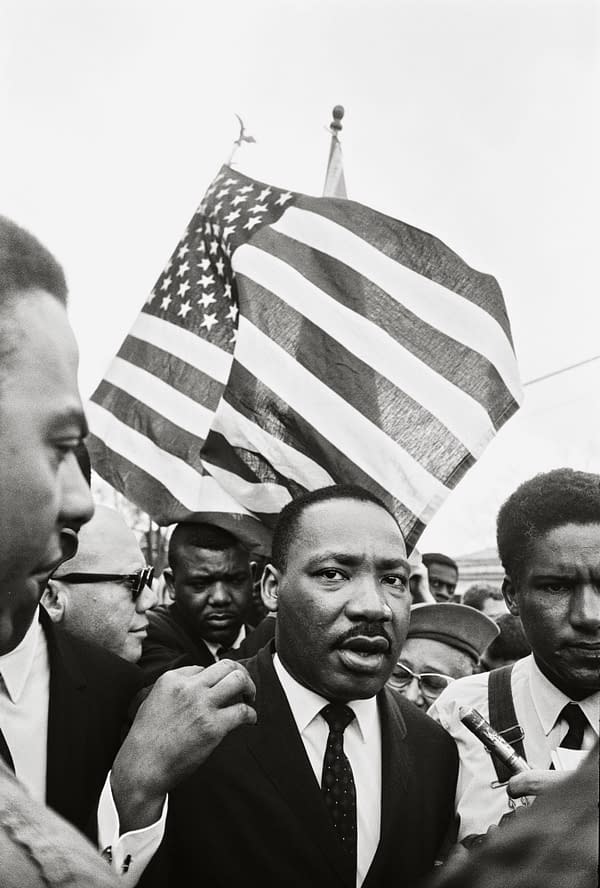
It leads to my question: how did you feel about his use of black-and-white versus color photography? Do you feel like black-and-white evokes a deeper emotion, beyond the nostalgia factor, compared to color?
Steve really loved black and white. His favorites were [Henri] Cartier-Bresson, W. Eugene Smith, Robert Frank, the usuals. He loved those guys and was in awe of them. Black and white was his medium. When he got into Hollywood, and he had to go color, he did a good job. I have no complaints, but black and white is a little bit more meaningful for me.
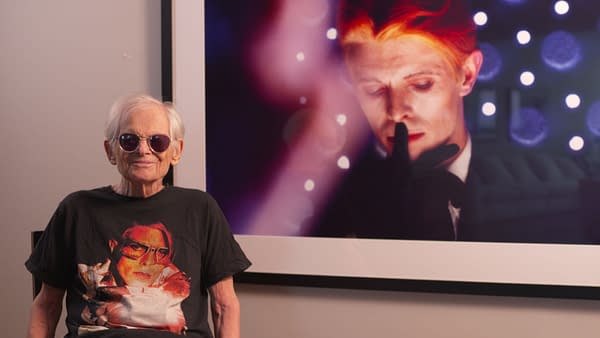
As an aspiring photographer myself, did he always stick to film all the way to the end, or did he transition to digital?
Okay, I'll give you an answer. That is a good question. He really stayed with film, and then a friend of ours, director Michael Mann. We were living in Chicago while he shot Public Enemies (2009) here, and he asked Steve to work on it for a couple of days. That was the first time Steve learned to do digital, and I feel terrible. The cinematographer Dante Spinotti was so kind. He came over to our home or to our apartment and went through [the process] with Steve, and gave him a day of, "Okay, this is it," and it's so generous of him.

There are so many iconic moments in his life captured in a microcosm. Were you planning to do a follow-up documentary about Steve's life to complement this one, or are you waiting to see how the reception for this one is?
You know, Tom, I love this question. This is going to shock you, but I never even thought about the idea of doing a follow-up or another complementary one. I'd love to keep Steve going. I told you he has a jazz book coming out. We put together an Ethiopia book this year. We also put together one about the Pine Ridge Reservation (in South Dakota). It'd be cool to do another [documentary]. Maybe you'll help us?
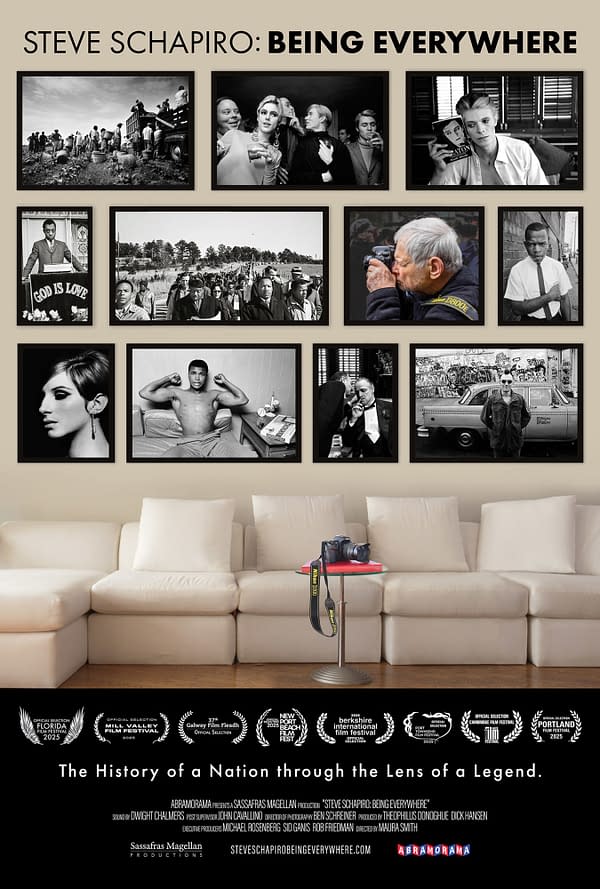
Steve Schapiro: Being Everywhere is currently in theaters.









